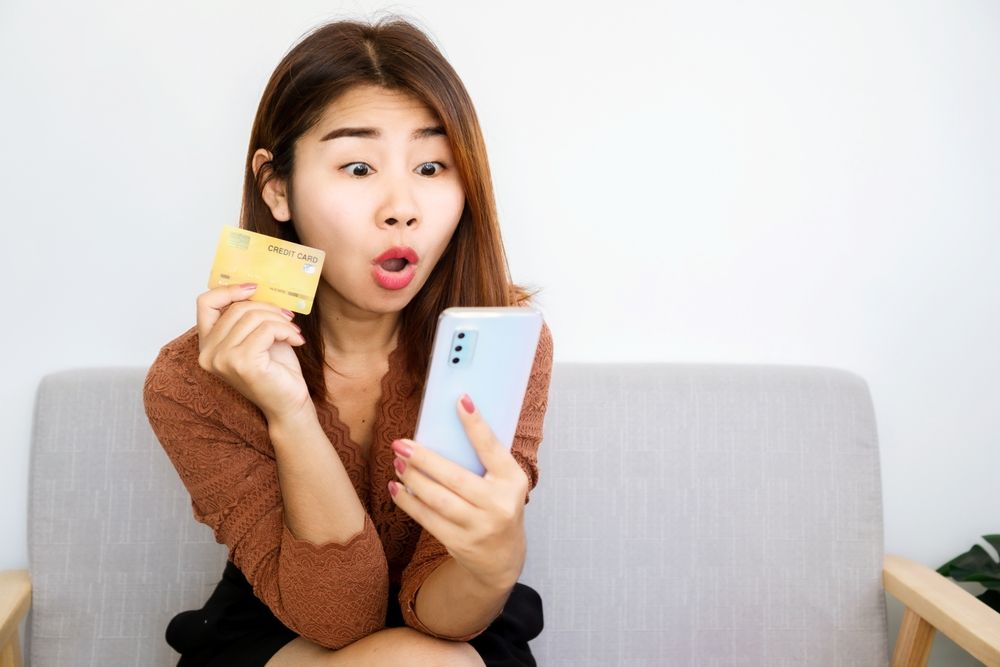
Welcome to the intricate labyrinth of the human psyche where our inner desires, emotions, and cognitive processes orchestrate a symphony that often leads to the exhilarating yet perplexing phenomenon of impulse buying. In our consumer-driven society, the siren call of spontaneous purchases can be challenging to resist, but understanding the psychology behind impulse buying is the first step toward mastering the art of self-control and making more mindful spending decisions.
Understanding Impulse Buying
Impulse buying is an unplanned decision to buy a product or service, made just before a purchase. Research suggests several factors contribute to this behavior, which ranges from internal psychological triggers to external environmental stimuli. Emotions play a significant role; feelings of excitement, stress, or even sadness can prompt an impulsive purchase as a form of emotional regulation or instant gratification. Additionally, personality traits such as a propensity for sensation-seeking, lack of self-control, and the desire for new experiences can predispose individuals to act on impulse.
Marketing tactics are also at play, with sales, limited-time offers, and the strategic placement of items in stores all designed to create a sense of urgency or a fear of missing out (FOMO). The advent of digital marketing and online shopping has only amplified these triggers, making it easier than ever to give in to temptation with just a few clicks.
The Role of Dopamine in Spontaneous Spending
Dopamine, often referred to as the ‘feel-good’ neurotransmitter, is key in the process of impulse buying. When we anticipate a rewarding experience, such as acquiring a new possession, our brain releases dopamine which creates a sense of pleasure and desire. This biochemical response can be so powerful that it overrides our rational thinking and good intentions about saving money or sticking to a budget.
Retail therapy is a common term for this phenomenon, where shopping becomes a way to self-soothe and chase a temporary high. However, the dopamine-driven satisfaction is often fleeting, leading to buyer’s remorse or even long-term financial stress.
Strategies to Counteract Impulse Purchases
To overcome the urge to spend impulsively, one must employ conscious strategies that disrupt the automatic response pattern. One effective approach is to establish a waiting period rule, such as 24 or 48 hours, before making a non-essential purchase. This pause can give you time to consider if the item is truly needed or if the desire to buy was simply a momentary whim.
Another technique is to create barriers to purchase. For example, leaving credit cards at home and carrying only a limited amount of cash can reduce the opportunity to make impulsive buys. Additionally, unfollowing social media accounts or unsubscribing from marketing emails that often trigger the desire to shop can be a way to protect oneself from constant temptation.
Creating a Mindful Spending Plan
A mindful spending plan involves being intentional with your finances and aligning your spending with your long-term goals and values. It starts with budgeting—tracking your income and expenses to understand where your money goes. By creating categories for your spending, you can allocate funds for essentials, savings, and even a designated amount for discretionary spending, which can include occasional treats or impulse buys that won’t break the bank.
Setting financial goals and visualizing the benefits of achieving them can also be a powerful motivator to curb impulsive spending. Whether it’s saving for a vacation, building an emergency fund, or investing in your education, having clear objectives provides a reason to pause and think before indulging in a spontaneous purchase.
The Power of Social and Environmental Influences
Our social circles and the environments we frequent can significantly influence our shopping behavior. Being aware of the impact that friends, family, and even social media influencers have on our spending decisions is crucial. If you’re often around people who indulge in retail therapy or are quick to show off their latest purchases, it may be time to reflect on how these interactions affect your impulse buying tendencies.
Creating an environment conducive to thoughtful spending is just as essential. This could mean avoiding places where you’re likely to make impulsive purchases or opting for activities that don’t involve shopping. Online, it can involve customizing your browsing experience to limit exposure to targeted ads or e-commerce sites.
Impulse buying is a multifaceted behavior deeply rooted in our psychological makeup, influenced by our emotions, the chemical reactions in our brains, and the world around us. By developing a deeper understanding of these factors and implementing strategies to manage them, we can regain control over our spending habits. It’s about striking a balance—enjoying the pleasures of shopping without compromising our financial well-being or long-term happiness. As with any habit, change takes time and effort, but with persistence and a commitment to mindfulness, overcoming spontaneous spending is well within reach.
